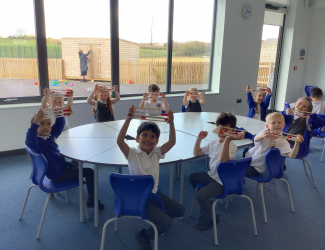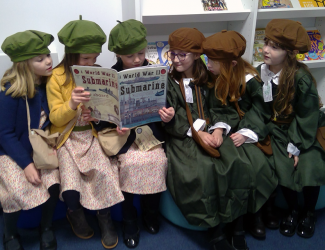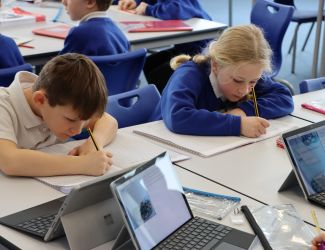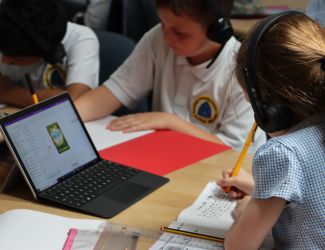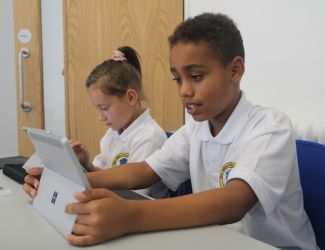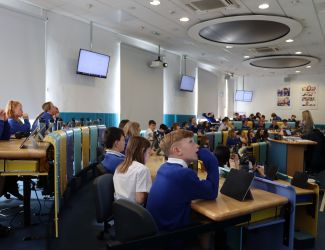Year 3 Science Curriculum
A wide variety of practical investigations enable pupils to explore scientific content to their maximum potential. Opportunities to work independently and as part of a group help to develop a deeper understanding of the different sciences. Developing on their previous knowledge, pupils begin to link science with historical events in order to better understand them.
Knowledge
Biology – Plants
- Identify and describe the functions of different parts of flowering plants: roots, stem/trunk, leaves and flowers.
- Explore the requirements of plants for life and growth (air, light, water, nutrients from soil and room to grow) and how they vary from plant to plant.
- Investigate the way in which water is transported within plants.
- Explore the part that flowers play in the life cycle of flowering plants, including pollination, seed formation and seed dispersal.
Biology – Animals Including Humans
- Identify that animals, including humans, need the right types of and amount of nutrition, and that they cannot make their own food; they get nutrition from what they eat.
- Identify that humans and some other animals have skeletons and muscles for support, protection and movement.
Chemistry – Rocks
- Compare and group together different kinds of rocks on the basis of their appearance and simple physical properties.
- Describe in simple terms how fossils are formed when things that have lived are trapped within rock.
- Recognise that soils are made from rocks and organic matter.
Physics – Light
- Recognise that they need light in order to see things and that dark is the absence of light.
- Notice that light is reflected from surfaces.
- Recognise that light from the sun can be dangerous and that there are ways to protect their eyes.
- Recognise that shadows are formed when the light from a light source is blocked by a solid object.
- Find patterns in the way that the size of shadows change.
Physics – Forces and Magnets
- Compare how things move on different surfaces.
- Notice that some forces need contact between two objects but magnetic forces can act at a distance.
- Observe how magnets attract or repel each other and attract some materials and not others.
- Compare and group together a variety of everyday materials on the basis of whether they are attracted to a magnet, and identify some magnetic materials.
- Describe magnets as having two poles.
- Predict whether two magnets will attract or repel each other, depending on which poles are facing.
Working Scientifically
Plan
- Ask relevant questions and use different types of scientific enquiries to answer them
- Set up simple practical enquiries, comparative and fair tests
Do
- Make systematic and careful observations and where appropriate, taking accurate measurements using standard units, using a range of equipment, including thermometers and data loggers
- Gather, record, classify and present data in a variety of ways to help in answering questions
- Record findings using simple scientific language, drawings, labelled diagrams, keys, bar charts, and tables
Review
- Report on findings from enquiries, including oral and written explanations, displays or presentations of results and conclusions
- Identify differences, similarities or changes related to simple scientific ideas and processes
- Use straightforward scientific evidence to answer questions or to support their findings
- Use results to draw simple conclusions, make predictions for new values, suggest improvements and raise further questions
Investigation/Experiments
- A Healthy Plate - Pupils design and create a healthy plate considering the importance of a balanced diet to do so.
- Building a working Human Hand - Pupils create a working hand using strings and straws to work as the skeleton, ligaments and muscles to grip.
- Chocolate Rocks - Chocolate is used by pupils to show the different processes which create metamorphic, sedimentary and igneous rocks.
- Roots of a Plant - Pupils will examine the root system of a plant by unearthing one and then photographing and labelling key parts.
- Shadow Puppet Theatres - Pupils use their knowledge of Light and Shadow to create shadow puppet theatres.
- Floating Compass - Pupils will use their knowledge of magnetism to create a floating compass that can help them navigate their Eggy Challenge Boat.

